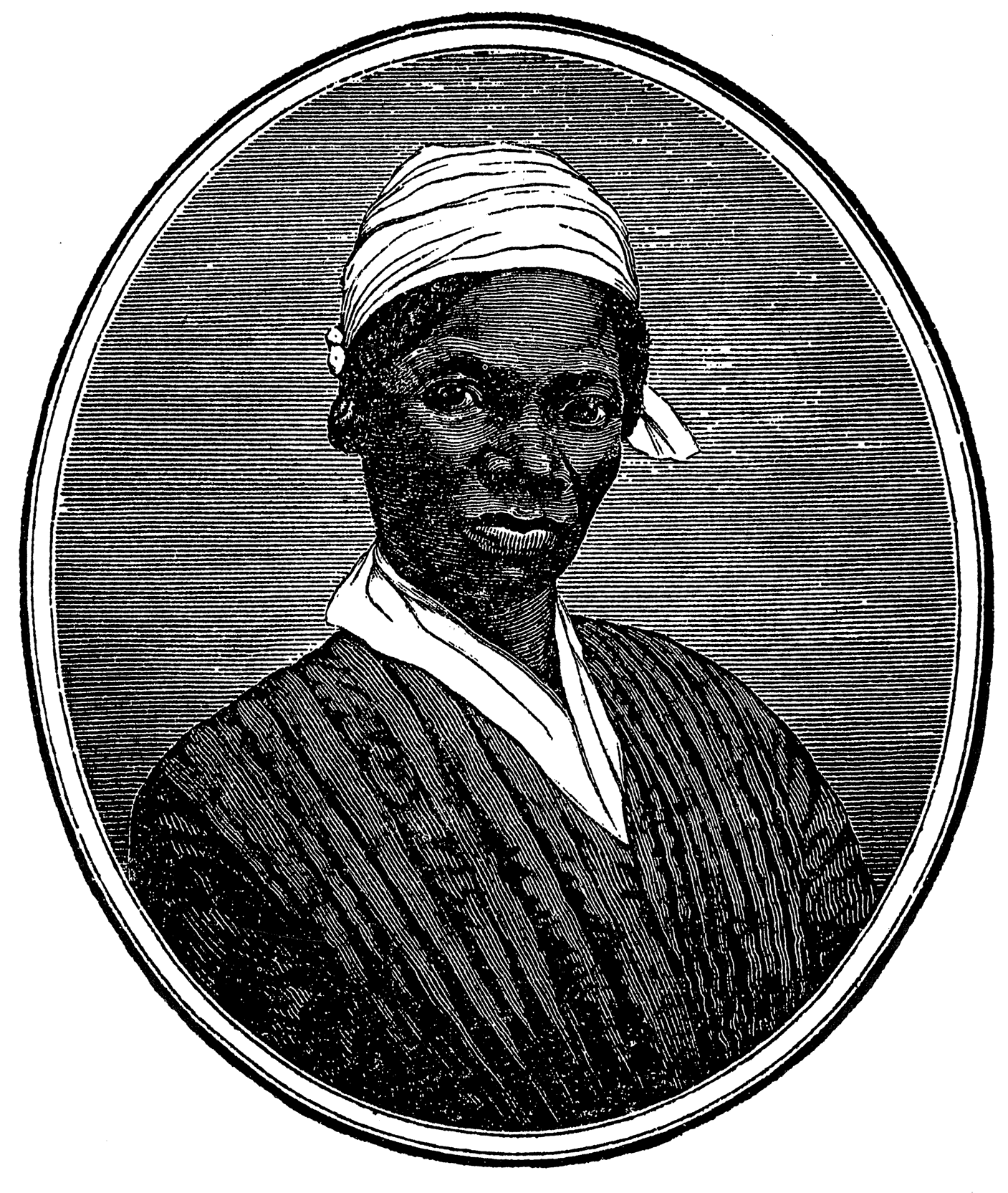Grades 3-7 Lesson Plan Using the Radical Equality Online Exhibit
Explore primary sources
Lesson Overview
Students/class will examine and discuss a picture of abolitionist leader, Sojourner Truth. They will read a brief biography of her to give them a context for the image. Then they will examine a letter about Sojourner Truth from a girl who knew the leader. Students will compare what they learn from the picture with what they learn from the letter.
Previous Knowledge Recommended:
Students should know the definition of slavery and of basic sectional differences between North and South in the early 1800s. Students will benefit from a basic understanding that there were people who opposed slavery, known as abolitionists.
Lesson Time
One hour (if the lesson is taught in full). Parts of the lesson could be cut down or used separately.
Learning Objectives
By the end of the lesson, students will:
Know
- Primary sources are evidence from previous times.
- Sojourner Truth was an abolitionist, someone who worked to end slavery.
- Sojourner Truth lived in a utopian community called the Northampton Association of Education and Industry (NAEI).
Understand
- Different primary sources show different perspectives on the same people or events.
- In order to understand primary sources, it is essential to know some background about what was going on when they were created.
- Sojourner Truth opposed slavery because of her experiences as a slave.
And Be Able to Do
- Detect clues about the past from primary sources
- Compare more than one perspective from multiple primary sources
Language Objectives
- Students will read and/or hear a brief biography of Sojourner Truth.
- Students will examine and attempt to decipher a handwritten letter.
- Students will compare and contrast and write notes about two or more primary sources.
Essential Questions
- What can we learn about an historical figure by examining primary sources?
- How can different primary sources give us a richer understanding of historical people and events?
- How did the experience of slaves lead some of them to dedicate their lives to ending slavery?
Materials
All of the handouts and worksheets needed for this lesson are on the Downloads page. You can either download Word versions of the items or link to pdf files in Google Docs/Google Drive.
Procedures
PART 1: INTRODUCTION
- Ask students to list questions they have about slaves in early U.S. history and about the people called “abolitionists” who worked to end slavery before the Civil War. This lesson will help answer some–not all–of their questions.
PART 2: READ A PRIMARY SOURCE on page: "Picture as a Message: Meet Sojourner Truth"
- Pair off students to look at the picture of Sojourner Truth. Ask the first set of questions listed in Room 101. List evidence they can see in the picture. (See the Teachers Room for details of what they can find.) If they have other information about her, list it in a second column. For the moment, focus on the primary source.
- Tell the students that the picture is a primary source and define the term.
- Explain that in order to understand this rich source of evidence about the past it is essential also to look at secondary sources. Define secondary sources.
- If possible, read one of the picture book biographies of Sojourner Truth listed on page 101 of the online exhibit, “Struggle for Freedom.”
- Summarize the facts in the brief biography on the "Picture as a Message" page.
- Briefly discuss the second set of questions on the "Picture as a Message" page.
- Add to your list of what students now know about Sojourner Truth.
- Correct any incorrect information about her in the students’ lists.
PART 3: COMPARE PRIMARY SOURCES: on pages "Picture as a Message" AND "Multiple Points of View: Read a Letter about Sojourner Truth"
- Show students the handwritten version of the letter from Almira Stetson on the "Multiple Points of View" page. Either hand out copies of the letter or project the image on a screen so that they cannot see the transcript below it. Let them work at it for a few minutes; the goal is to for them to learn a bit about how historians use primary sources. Discuss the first set of questions on the "Multiple Points of View" page.
- Now read the transcript. Explain who Almira Stetson was. If you have time, have students enter and read “The Story” the “Struggle for Freedom.”
- Students should compare and contrast what they learned from the picture with what they learned from the letter.
PART 4: CONCLUSION
- Ask students to explain what primary and secondary sources are to check their understanding. Discuss what sorts of things they learned from each of the sources in this lesson. They will need additional practice with primary and secondary sources to fully absorb the concepts.
Link to Massachusetts Graduation Standards
This lesson aims to build skills that are essential for discussing and writing about primary sources, a critical component for success on MCAS and other assessments. Content links expand work on biographies from earlier grades and build fundamental understanding needed for upper level history standards.
Grade Three Skills Standards
- Explain the meaning of time periods or dates in historical narratives (decade, century, 1600s, 1776) and use them correctly in speaking and writing. (H)
- Observe visual sources such as historic paintings, photographs, or illustrations that accompany historical narratives, and describe details such as clothing, setting, or action. (H)
- Observe and describe local or regional historic artifacts and sites and generate questions about their function, construction, and significance. (H)
U.S. History I Graduation Standards
USI.31 Describe the formation of the abolitionist movement, the roles of various abolitionists, and the response of southerners and northerners to abolitionism. (H)
A. Frederick Douglass
B. William Lloyd Garrison
C. Sojourner Truth
D. Harriet Tubman
E. Theodore Weld



